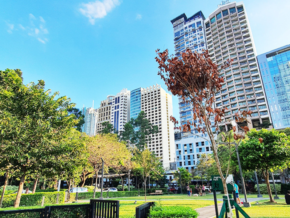Learn about the Philippines’ National Symbols
Updated as of March 8, 2021
Symbols represent a wide variety of things. When people see a particular symbol, they associate it with something meaningful or standard. With this, each country has its own national symbols to identify themselves from others and to unite its citizens through nationalism.
According to National Commission for Culture and the Arts (NCCA), official national symbols of the Philippines represent the country’s traditions and ideals and convey the principles of Philippine sovereignty and national solidarity.
Check out these official national symbols of the Philippines:
National Flag
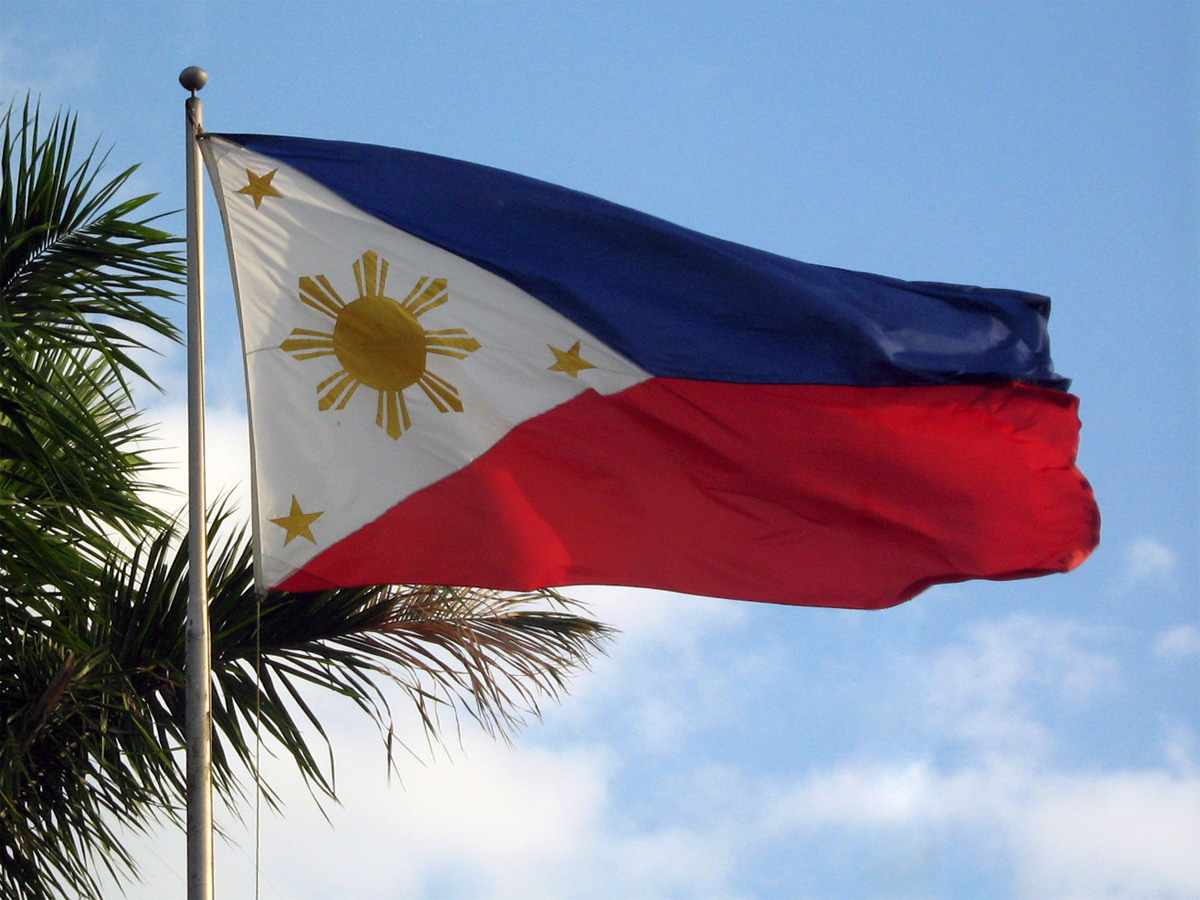
The Philippines national flag, as defined by the National Historical Commission of the Philippines, is made of silk, had a white equilateral triangle at the left containing a sunburst of eight rays at the center, a five-pointed star at each angle of the triangle, an upper stripe of blue and a lower stripe of red. The sun stands for liberty; the sunburst of eight rays for the first eight provinces to take up arms against Spain; and the three stars for the three island groups of the Philippines – Luzon, Visayas, and Mindanao. The white triangle signifies Filipino hope for equality; the upper blue stripe stands for peace, truth, and justice; while the lower red stripe stands for patriotism and valor.
National Anthem: “Lupang Hinirang”
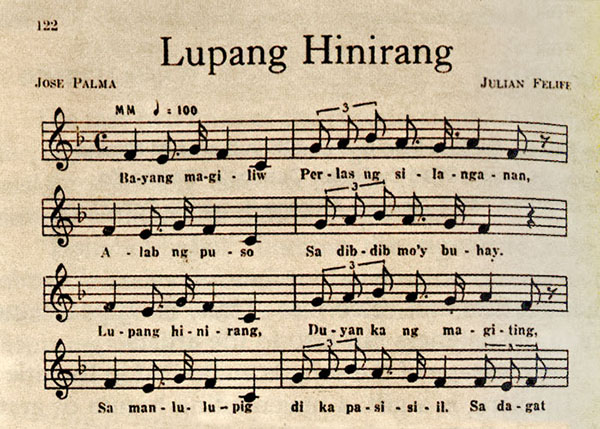
The Philippine national anthem is entitled “Lupang Hinirang” and composed by Julian Felipe. “Lupang Hinirang” was first played publicly on June 12, 1898 during the proclamation of Philippine Independence. Its lyrics were adopted from the Spanish poem, Filipinas, which was written by José Palma.
National Flower: Sampaguita

The Philippine national flower is called “sampaguita” which is generally known as the Arabian Jasmine. Its white color symbolizes purity, simplicity, humility, and strength.
National Tree: Narra
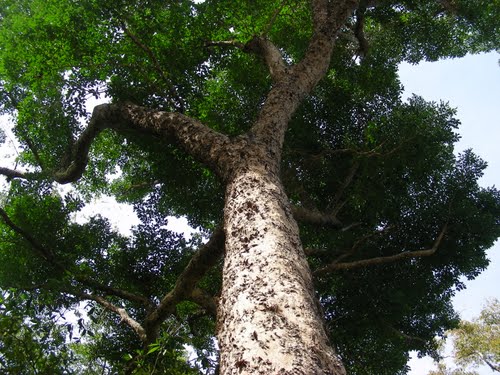
The Philippine national tree is called “narra” generally known as rosewood. It was made official by Gov. Gen. Frank Murphy through Proclamation No. 652 s. 1934. In fact, under the DENR Memorandum Order dated February 5, 2013, cutting of Narra needs to be approved by the DENR Central Office, particularly by the Office of the Undersecretary for field Operations.
National Bird: Philippine Eagle

The Philippine national bird is called the “Philippine eagle” scientifically known as Pithecophaga jefferyi. It was made official in 1978 by former President Ferdinand Marcos through Proclamation No. 1732.
National Gem: Philippine Pearl

The Philippine national gem is called “Philippine Pearl” as declared by Former President Fidel V. Ramos through Proclamation No. 905 s. 1996. It is scientifically known as Pinctada Maxima. In fact, world’s largest pearl was discovered by a Filipino diver in a giant Tridacna (mollusk) under the Palawan Sea in 1934.
National Sport: Arnis
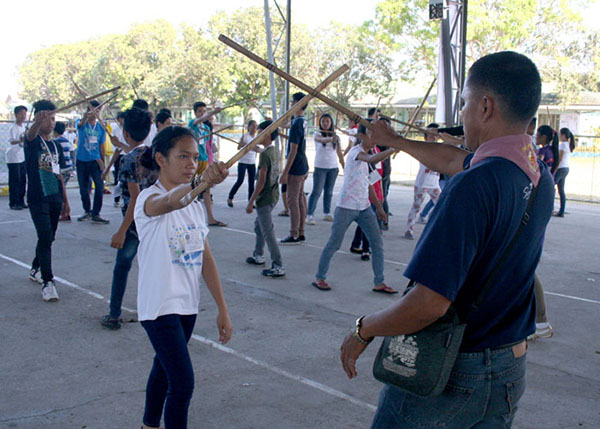
Arnis is to the Philippines like Japan’s Karate and Korea’s Taekwondo. It’s both a martial art and a sport whose origins are still largely unconfirmed because of lack of documentation. It’s known by two other names: Kali and Eskrima, and makes use of both bladed weapons, batons/sticks, and bare hands. It became a national symbol in 2009 when then-Pres. Gloria Macapagal-Arroyo signed Republic Act 9850 into law.
Now, you may be wondering: where (or when) in this list will the name Dr. Jose Rizal appear? What about things like anahaw and mangoes? Sadly, these cannot be included in the list above as they are listed by the NCCA as national symbols because there is no law that has been signed declaring them as such.
What follows here is the list of our country’s unofficial national symbols:
Dr. Jose Rizal: National Hero
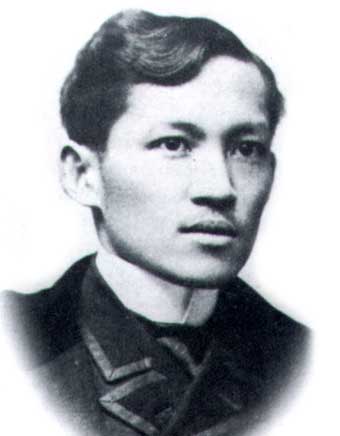
Long recognized in the country’s history books as our National Hero, Dr. Jose Protacio Rizal Mercado y Alonzo Realonda’s status as our national hero has not been the subject of debate for the common Juan. Scholars, however, still argue about who should be given the title: Jose Rizal, Andres Bonifacio, Emilio Aguinaldo, Apolinario Mabini, Marcelo H. del Pilar, Sultan Dipatuan Kudarat, Juan Luna, Melchora Aquino, and Gabriela Silang were listed down by former President Fidel V. Ramos as those worthy of being given the title of National Hero. This list has not been acted on since being submitted by the National Heroes Committee on November 22, 1995.
Anahaw: National leaf
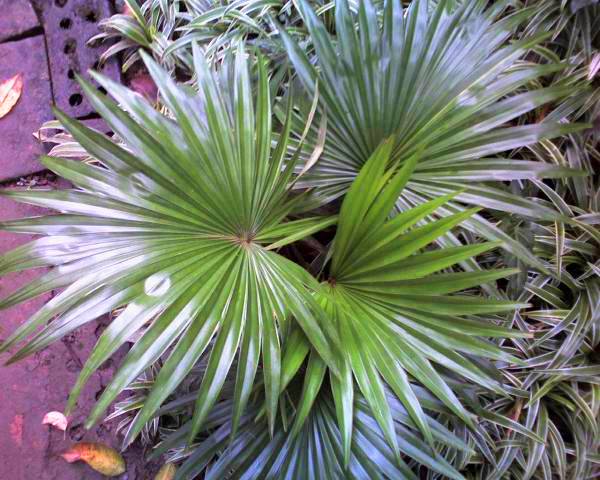
Often referred to as the National Leaf, the anahaw or round-leaf fountain palm is not part of the country’s national symbols. Normally seen in the countryside as a roofing material, anahaw leaves are seen as decorative pieces/plants in the metro.
Mango: National fruit
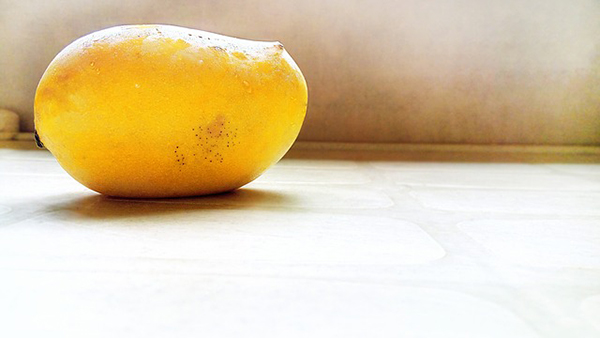
A common sight in Philippine wet and dry markets, the mango has long been seen as the National fruit. As popular as it is for making desserts, there is no law that proclaims it as a national symbol.
Carabao: National animal
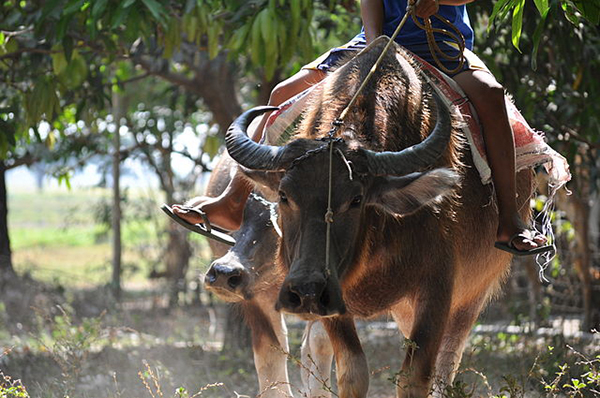
If common men have dogs as their best friend, then the carabao or Philippine water buffalo is the Filipino farmer’s best friend. They’re beasts of burden, able to do almost everything that needs to be done on the rice fields, including carrying the farmer and his goods. But, without any laws to recognized them, they’ll remain an unofficial symbol of the country.
Bahay Kubo: National house
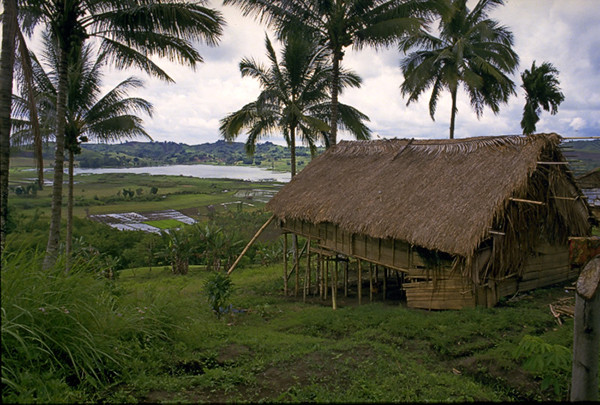
The humble bahay kubo or nipa hut is still seen in some parts of the country, particularly in the provinces. While it has long been a symbol of Filipino homes, it has not been recognized as a national symbol.
Bangus: National fish
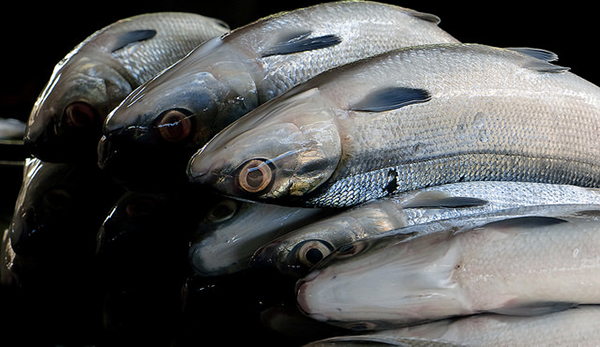
Bony, yet prized for its belly fat, which almost everyone fights for on the dinner table. The bangus or milkfish has long been seen as the country’s national fish, yet without a law, it’s status will never be official.
Other things have been cited over time as a national symbol, yet have never been recognized.
- The battle has raged on between which should be recognized as the National Dance: Tinikling or Cariñosa.
- A still-to-be-settled debate has also raged online between those who love sinigang (sour soup) and those who love adobo as to which should be recognized as the national dish.
Images grabbed from wikimedia.org, ph.geoview.info, NCCA, Rosa Anajao on flickr, steemit.com
Source: ncca.gov.ph, nhcp.gov.ph,








